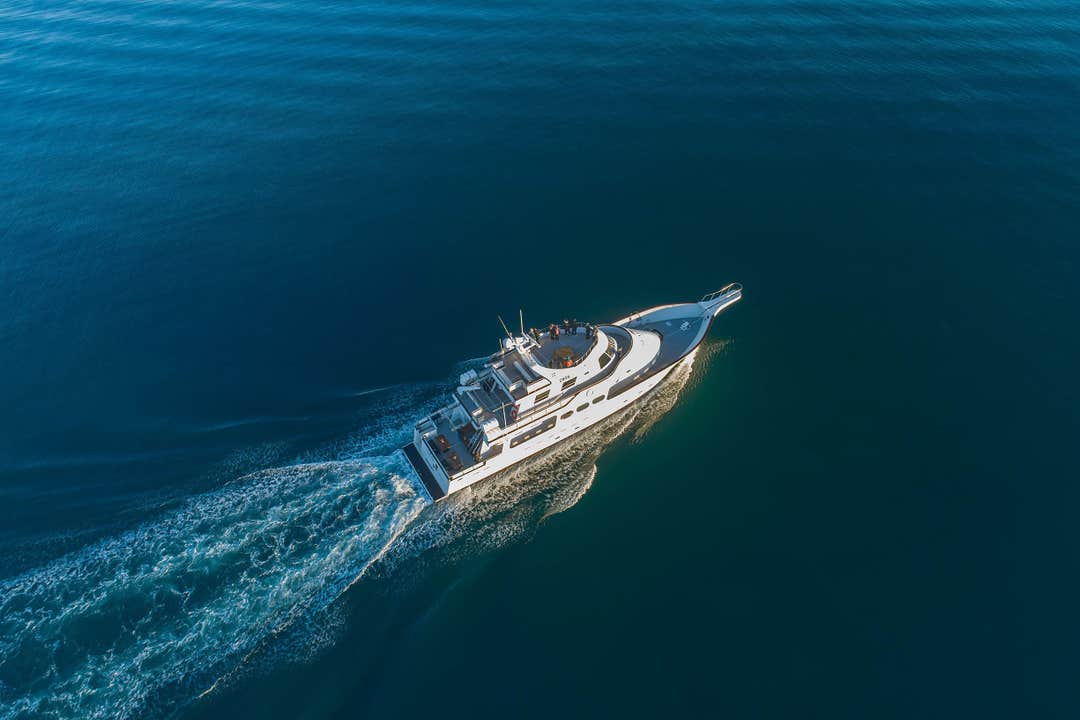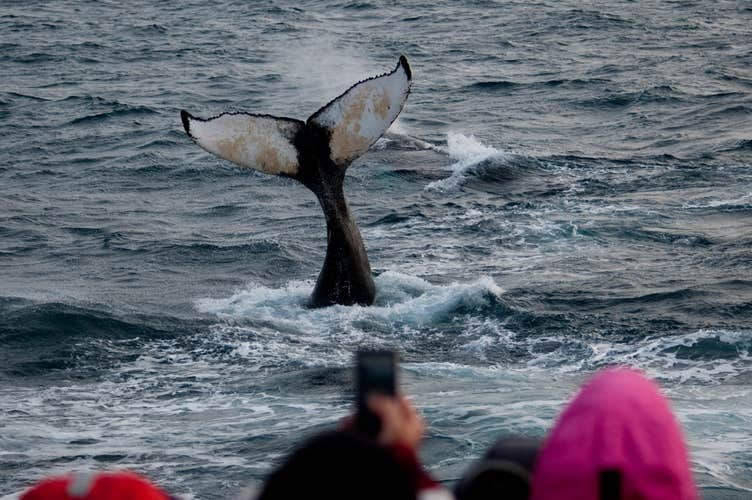Description
Summary
Description
Come aboard a yacht and see the incredible wealth of marine wildlife that lives in the waters just off the shores of Reykjavik City. Nature lovers looking to see some of Iceland's majestic whales, dolphins, and porpoises but who wish to do so in a small group should grab this chance now.
The ship sets sails from Reykjavik's Old Harbour, and during your journey, you'll sail among the small islands in the Faxafloi Bay, as well as along the coast of Reykjavik, providing you with a fantastic view of the city as you search for the wildlife in the water.
The most common sights are minke and humpback whales, dolphins, and porpoises. However, there is always a chance to spot a few orcas (also known as killer whales) as well as a wealth of other species. The professional team onboard is very experienced in spotting whales and is dedicated to making sure their passengers leave with a smile!
This tour is conducted on a beautiful yacht known as the Amelia Rose. With three panoramic deck areas, the vessel provides every passenger with a good view of the surrounding area as well as an excellent opportunity to capture some amazing pictures.
The decks are partially covered, providing some shelter from wind and rain, and you can easily circle them to enjoy the best views.
Amelia Rose is designed as an offshore vessel, making it better adapted to take on the turbulent waves of Iceland's waters, ensuring a smoother sail with less probability of passengers experiencing nausea or seasickness.
If that's not enough, on this tour, you don't have to worry about overcrowding or not getting the right spot to see the whales. You'll be sailing on Faxafloi in a small group which will make your experience personal, meaningful, and memorable!
If you are not lucky and don't see any whales, dolphins, or porpoises, you will get another ticket to join again, valid for three years.
So don't hesitate! Book now to enjoy whale watching in both style and comfort on this whale-watching tour. Check availability now by choosing a date.













